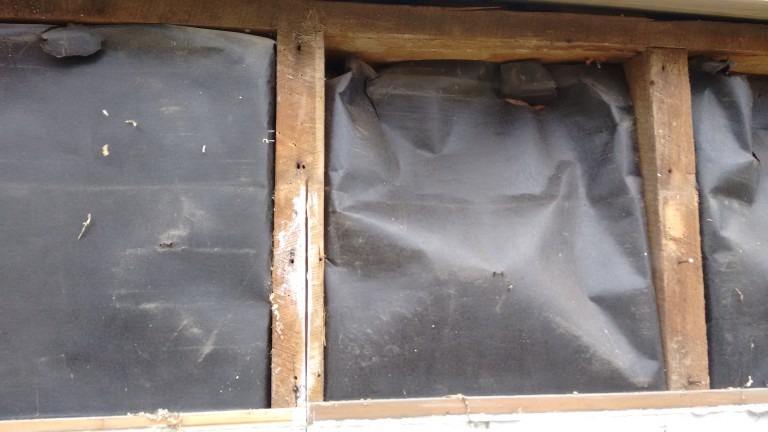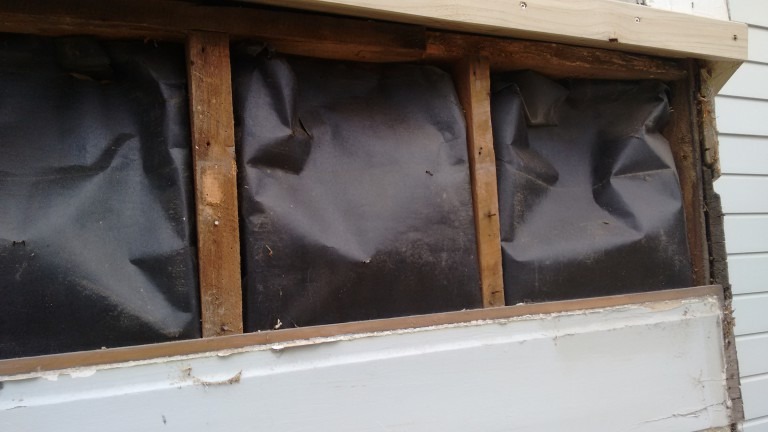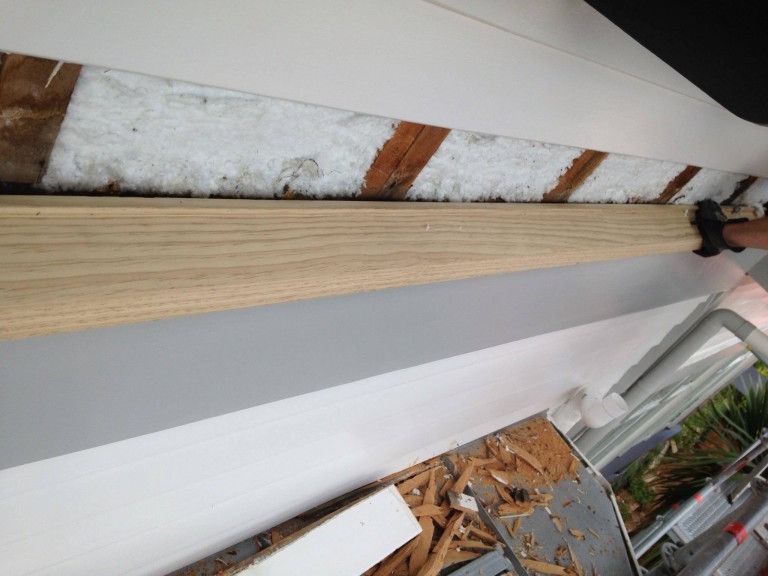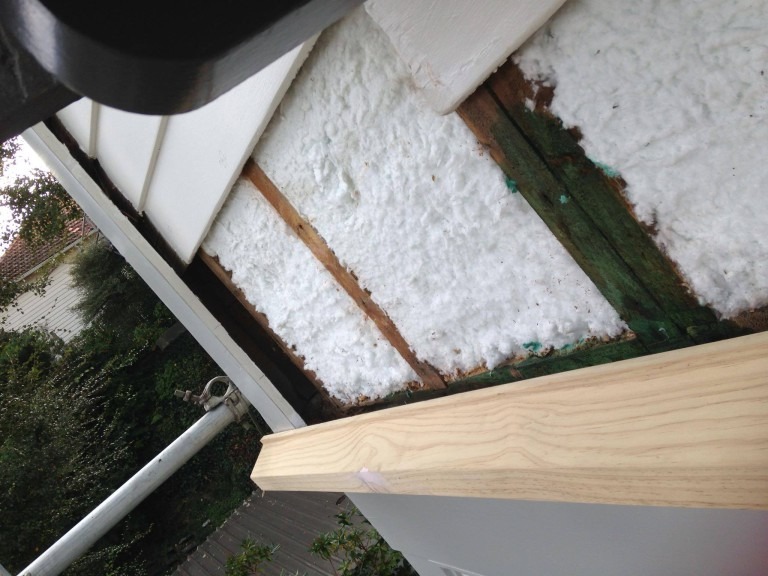My house doesn't have building paper - is Insulmax® suitable?
YES – Insulmax® insulation can be installed in wall structures with or without building paper. Insulmax® insulation is highly resistant to absorbing or wicking liquid water so it does not require the additional protection from water that conventional insulation products require.
Conventional insulation products are manufactured to be protected from water by building paper systems because they readily absorb liquid water. Insulmax® is manufactured with an inert water repellent additive so that it is highly resistant to the absorption of liquid water.
Ask your representative for a sample of Insulmax® and test it for yourself. We guarantee you’ll get tired of watching it float in a glass of water for MONTHS!
There is some confusion about building paper since new build homes have building paper. Therefore it’s perceived every house should have building paper. However, a new build also has a drained ventilated cavity which cannot be cost effectively replicated in the renovation of an older home.
This new build need for building paper has been “adapted” to older homes by the “accepted” practice of retro fitting conventional segment insulation into the walls of older homes by removing interior wall linings and placing building paper pockets in the exposed cavities. The purpose of the paper is to protect the segmented insulation from the entry of wind driven rain which may enter the wall cavity during weather events. Conventional fiberglass insulation is hydroscopic and readily absorbs and wicks liquid water.
The paper is placed against the interior face of the exterior cladding and wraps around the exposed studs and dwangs fully encapsulating each segment of insulation on five sides. The photos below show what paper pockets look like after a year when further renovations meant the exterior cladding had to be removed. As shown below, viewed from the outside, paper pocket/segment insulation systems can be difficult to properly install.


The paper has no ability to protect the structural timbers since the exterior cladding is not removed and therefore building paper cannot be present between the exterior cladding and the structural timbers.
Any water that enters via wind driven rain becomes trapped between the paper and the exterior cladding or trapped between the exterior cladding and a structural timber which is semi wrapped in building paper. Trapped water under gravity moves down the paper/cladding interface until it encounters a horizontal timber e.g. dwang or bottom plate.
If water enters a conventional paper pocket retro fit application, it is channelled towards horizontal structural timbers. These timbers have a reduced ability to dissipate the water via evaporation because they are semi wrapped in building paper, which has reduced ability to transmit water vapour. Or, they are wrapped in a building membrane system which is designed to restrict water vapour transfer from its external surface to its internal surface.
Insulmax® insulation as an E.U rating of negligible resistance to the movement of water vapour and is highly resistant to absorbing liquid water. It will not absorb or wick water since during manufacture it is treated with an inert water repellent additive and so does not require the protection of building paper. It therefore functions and is able to manage wind driven rain at least as well as building paper pockets / segment insulation.
Below are images of external cladding removed, to show Insulmax® blown fibre insulation filling all the available space.


